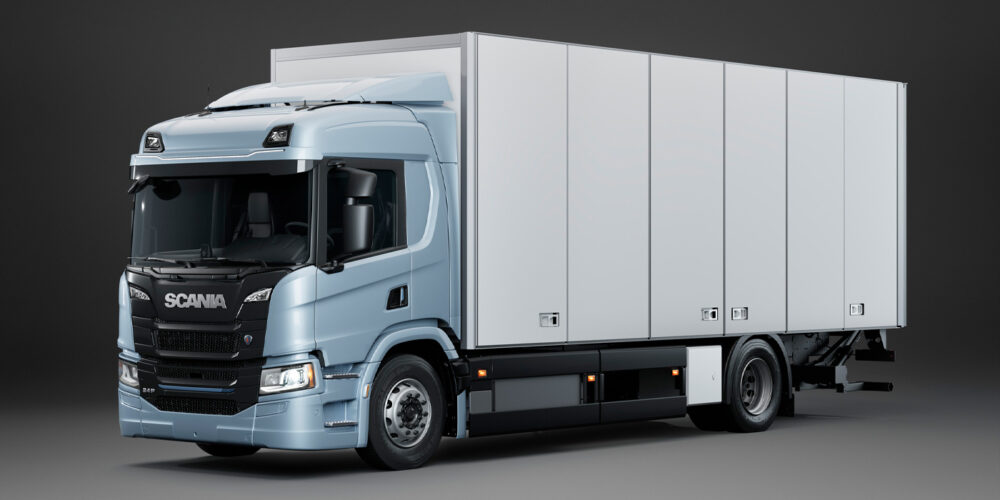Scania expands BEV truck offerings
Calling it the “9-litre engine equivalent” to a diesel truck, Scania believes its new EM C1-2 will benefit construction-oriented operations.
Scania is adding more solutions to its battery-electric vehicle (BEV) truck range by introducing more electric vehicles, axle configurations and cab alternatives, plus a number of power take-off solutions.
“We are steadily adding more and more customer value and specification choices with our continuous introductions,” says Fredrik Allard, senior vice president and head of e-mobility at Scania. “And the customers reward us with increased interest since it is now obvious how well these trucks serve and behave in actual operations and how truly appreciated they are among drivers. We constantly hear stories about drivers that were skeptical at first, but then fell in love with their electric trucks.”
Thermo King brings BlueSeal air curtains to North America
Feedback from European customers for BlueSeal air curtains cites a lack of obstruction while maintaining an effective barrier.

Apollo Tires adds to EU lineup
The EnduMile LHT, the company’s most durable and fuel-efficient trailer tire, is now available in a 385/55 R22.5 format.

CMA, Double Coin unveil new tires for airport applications
The tires are designed to allow maximum endurance in the airport ground support environment.

Optronics adds new blackout stop, turn and tail lamps
The Thinline surface-mount lamps broaden the FMVSS/CMVSS 108-compliant family of smoke-lens, LED stop, turn, tail, backup and clearance lamps.

Other Posts
Ceres: EPA Phase 3 ruling will ‘significantly reduce’ emissions
The new EPA standards will encourage an accelerated shift to cleaner vehicles.

Inside the most secret building at Volvo Trucks
What’s no secret is the importance of trucking safety, and Volvo’s goal to reduce accidents across the globe.

PrePass comes to four new states, adds 116 sites
With this expansion, the PrePass Safety Alliance says fleets with the PrePass app now have 20 percent more bypass sites nationwide.

XL Specialized Trailers launches Knight MFG trailer
The Knight, a 48-ft.-long detachable gooseneck lowboy with an overall capacity of 80,000 lbs., is now available form XL dealers.






